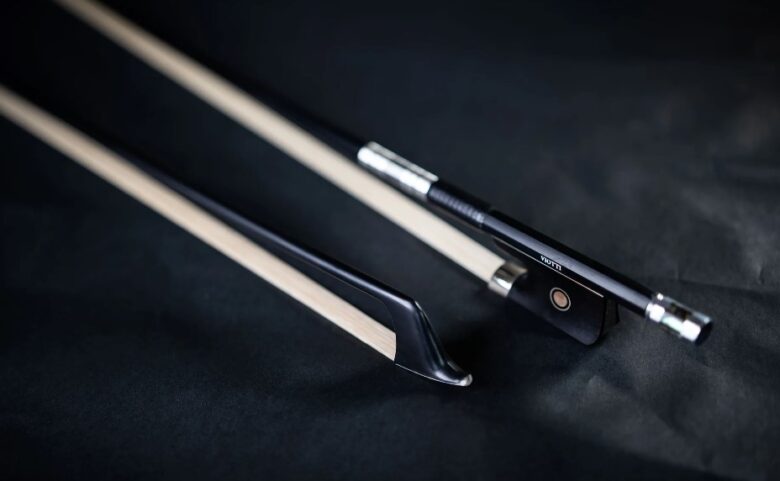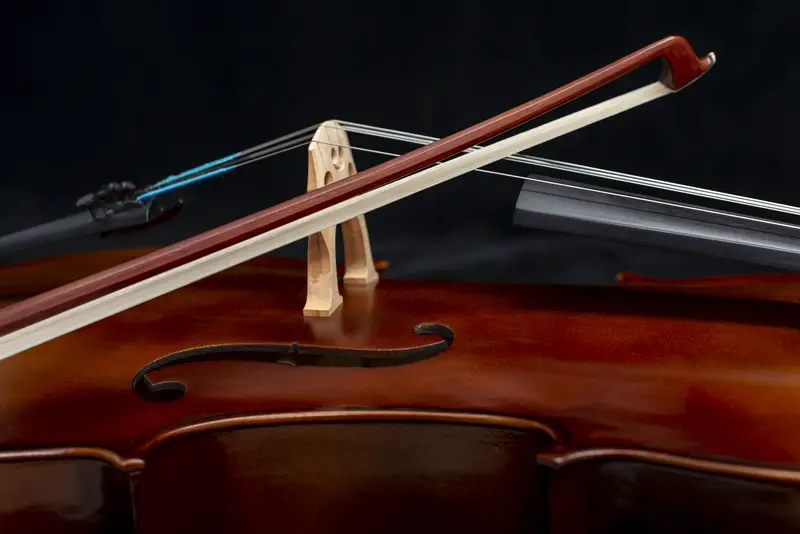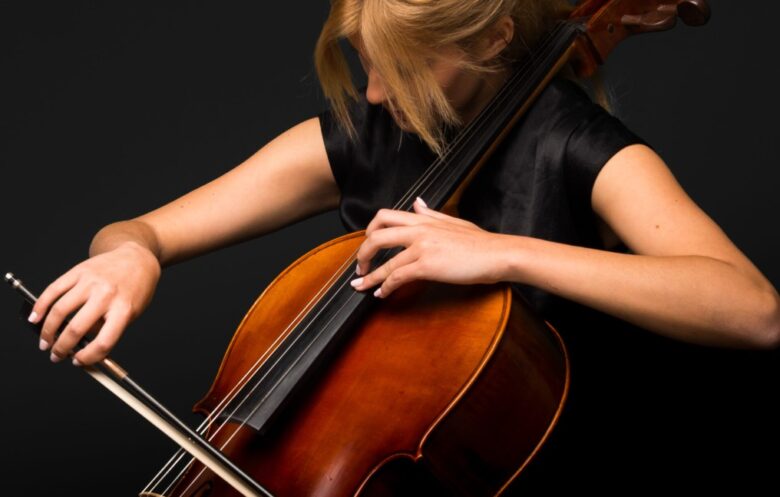A cello bow is a crucial piece of equipment that helps in enhancing the performance of the instrument. Therefore, choosing your first cello bow can be both exciting and overwhelming. It requires you to be meticulous, curious and informed about the various options available on the market.
Unfortunately, many beginners make mistakes when selecting their first cello bow due to a lack of experience or knowledge on what to consider. In this article, we will highlight nine common mistakes you should avoid when choosing your first cello bow.
Contents
- 1. Compromising Quality for Price
- 2. Maintaining An Impersonal Approach To Sizing
- 3. Not Choosing A Bow that Synchronizes With Their Style
- 4. Disregarding Material Quality from Which Bows Are Constructed
- 5. Ignoring Proper Maintenance Procedures
- 6. Skipping the Hands-on Test
- 7. Overlooking Brand Reputation
- 8. Bypassing Expert Opinions
- 9. Neglecting Future Growth
1. Compromising Quality for Price
One mistake most beginners make is opting for cheap bows without considering their quality. While it may be tempting to go for an inexpensive option as an entry-level cellist with limited resources, it’s essential to prioritize quality over price. There are many dealers who provide high-quality cello bows for sale. Choose high-quality cello bows for the best performance.
Cheaper bows tend to have lower-quality materials, which translates into poor sound production and unstable playing performance over time. A good-quality beginner’s bow could last up until intermediate levels if well taken care of while continuing to produce beautiful sounds from the cello strings even after advancing through proficiency levels.
A budget-friendly way around this would be looking out for sales or purchasing second-hand bows with evidence that they are structurally intact. However, always ensure these choices don’t compromise on quality measures identified later in this article.
2. Maintaining An Impersonal Approach To Sizing

Source: viottimusic.com
The sizing of a cello bow plays a critical role in determining its comfortability during playtime.
Most beginners usually ignore size reasoning, believing they will just ‘get used,’ not realizing how disservice rushing into decisions like these impacts extended periods. Such tactics instead slow progress rather than enhance it – paying more money eventually down ought not to respond efficiently; hence, any investment efforts go unwarranted altogether.
When selecting one`s ideal size, take note of your height, saying long arms would require taller sizes; alternatively, petite body frames necessitate shorter lengths. Inquire with a music professional to confirm the cello bow size before purchase and avoid choosing an ill-fitting one.
3. Not Choosing A Bow that Synchronizes With Their Style
The flexibility, weight, and balance of your first bow vary depending on the different genres of music you intend on playing. To get a useful feedback loop or know better what feels natural for you, it is usually better to consult at least some professionals in this industry.
For example, depending on the style of play- orchestra versus chamber or solo performances – affects choice when selecting types. Fast action bows typically cater well to quicker tempo compositions but might not be suitable for slower melodies such as classical repertoires. The same goes for bows meant for arco versus pizzicato styles vs. those played both ways, like swing Jazz improvisations.
An essential aspect beginner cellists have in mind is purchasing a more flexible bow since they would work best even if still getting started learning proper form-enhancing tone production learning techniques without having to push too hard unnecessarily, causing long-term damage.
4. Disregarding Material Quality from Which Bows Are Constructed
When gathering a baseline understanding of cello’s bows, take into consideration material quality grassing held by vendors about these products.
Here’s why?
Materials used give musicians ideal information about:
- The durability levels ensure long life spans, hence avoiding constant replacement expenses
- The sound quality produced preferring higher-quality materials naturally produces richer sounds, improving overall performance ease during dynamic transitions and producing stable, clear sound regardless of the range of bass ranges treble registers required.
Some common high-quality materials include Carbon fiber Sambar Pernambuco (a popular choice) and Brazilian wood, among others, enabling beginner cellists to take off their initial experiences from optimal positions, enjoying perfect inspiration right off first rehearsals.
5. Ignoring Proper Maintenance Procedures

Source: cleanmyinstrument.com
Maintaining good care habits extends lifespans, minimizing economic strains arising due to negligence and reducing associated risks developing later down the line.
Keep in mind a cello bow occurs due to friction, or excessive pressure points can form, leading to irreparable damage. Ensure regular cleaning oils and ragging bows removing dirt and enhancing longevity.
6. Skipping the Hands-on Test
The experience of the bow ─ it’s imperative to hold, feel, and play the cello with a prospective bow. This physical interaction lets you gauge its balance, responsiveness, and alignment with your playing style. Remember, the way the bow complements your touch is as pivotal as its craftsmanship.
7. Overlooking Brand Reputation
Value of trust ─ just as a book is judged by its author, a bow is often judged by its maker. Brands or makers with a sterling reputation often produce pieces that stand the test of time. An initial investigation into their reputation ensures you’re investing in a bow that promises consistency and durability.
8. Bypassing Expert Opinions

Source: dolceviolins.net
The insightful voices ─ whether you’re a budding cellist or a seasoned player, the advice of an expert is invaluable. A professional cellist or a trusted music store connoisseur can offer recommendations tailored to your needs, ensuring your bow complements your musical journey.
9. Neglecting Future Growth
Thinking ahead ─ as you nurture your passion, your proficiency with the cello will inevitably evolve. Opting for a bow that supports your growth trajectory ensures you won’t outgrow it swiftly. Consider it a long-term relationship; choose a partner that grows with you.
Conclusion
In essence, the choice of a cello bow is akin to selecting a dance partner. Its nuances, balance, and feel will either enhance or inhibit your performance. Armed with knowledge and a dash of foresight, ensure your choice resonates harmoniously with your musical aspirations.
Avoiding mistakes when selecting your first cello bow enhances its overall sound production, leads to better performance, and saves you from unnecessary expenses associated with accidents arising from both poor maintenance and mismatch in the choice of materials, sizing leading to uneven progress.
Take time out to research, gather data and ideas, and make informed decisions right off the bat, showcasing commitment rooted in a deep passion for musical artistry, always ready to improvise whenever needed, effortlessly universally conveying sentiments and moments depicting true tales of human experience.
